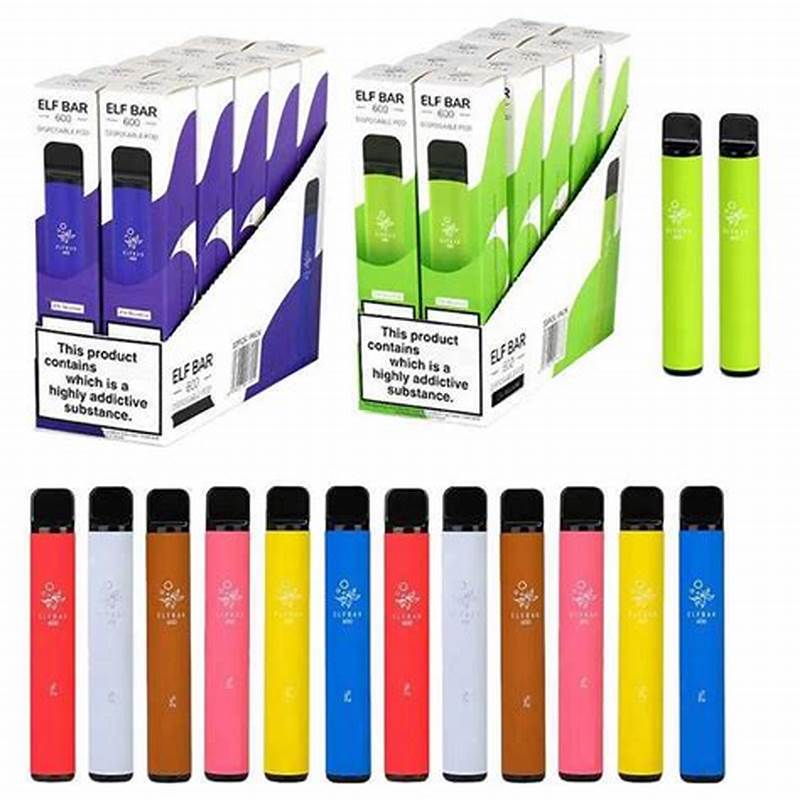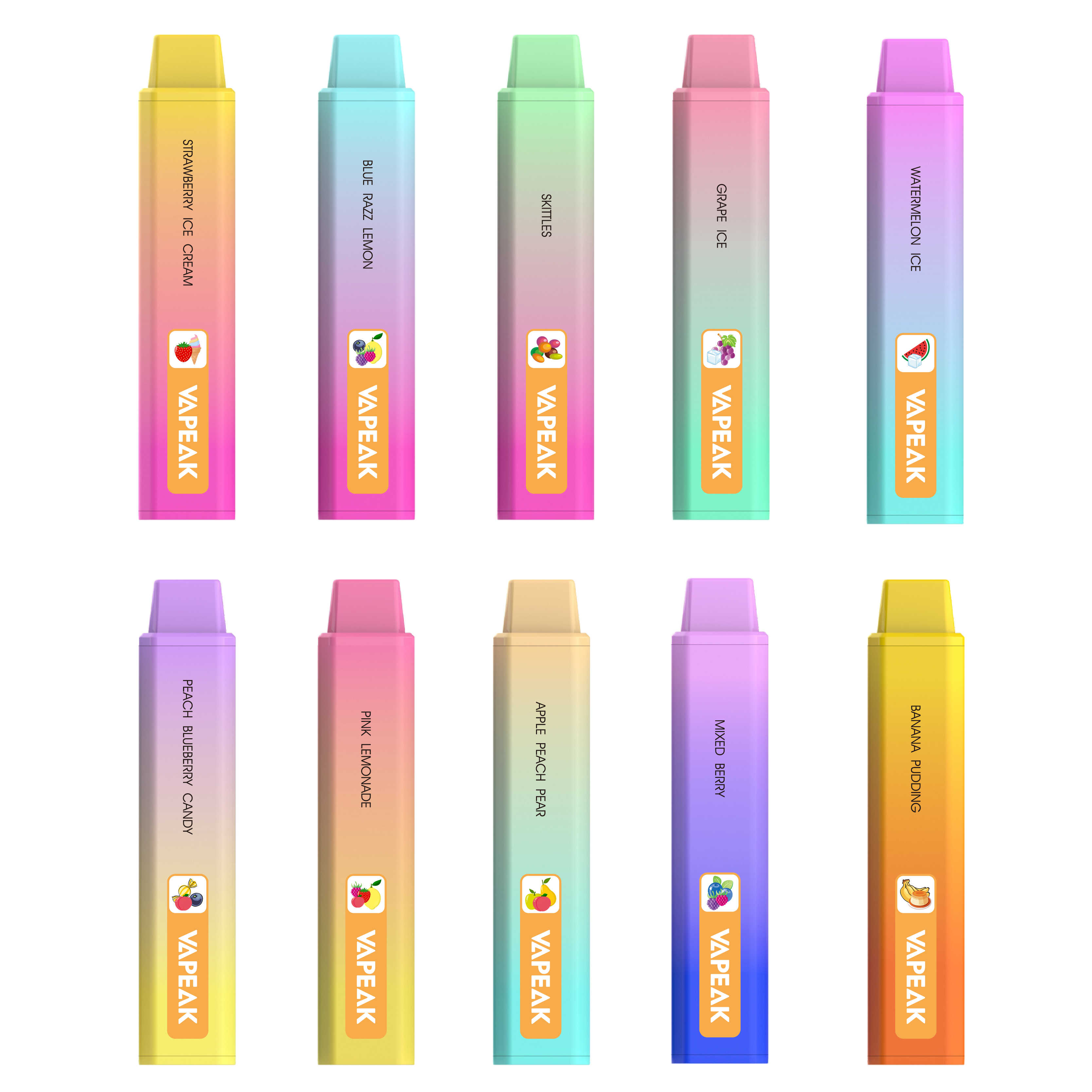What is the purpose of TPD?
by James
Posted on 24-12-1444 04:28 م

The tpd stipulates that: the maximum capacity for a “disposable electronic cigarette, a single use cartridge, or a tank” should not exceed 2ml vape tanks should come with nicotine warning stickers if you’re a fan of multi-mesh sub ohm tanks, the 2 ml capacity rule probably means carrying a refill bottle when you leave home. While this regulation is not enforced heavily in some eu countries, in others finding a tank with larger capacity in a vape shop is impossible.  Loopholes some companies are coming out with spare kits that add capacity to their tanks. These are usually separate purchases, since including these kits in the original packaging would defeat the purpose of the rule.
Loopholes some companies are coming out with spare kits that add capacity to their tanks. These are usually separate purchases, since including these kits in the original packaging would defeat the purpose of the rule.
As we mentioned at the start of this blog, our regular readers and customers may have noticed that we often highlight that our stock is tpd-compliant. Having read this far, you now have a general understanding of what tpd is and — more specifically — what broader purpose it serves. However, we’ve yet to explain exactly what the main rules are of tpd compliant vaping. You can find a more detailed set of regulations on the government’s webpages , including the full legislative amendment following britain’s exit from the eu.
Tpd stands for tobacco products directive. It is an initiative taken by the european union to provide standard guidelines to manufacturers and retailers of tobacco products. The purpose of tpd compliance is to ensure the health protection of tobacco users. All tobacco products, i. E. , e-cigarettes, rolling tobacco, cigars, vaping devices, and e-liquids, must follow tpd rules. Rules and regulations of tpd for vape manufacturers here are some major rules and regulations of tpd for vape manufacturing companies the maximum limit for a single e-juice bottle is 10 ml. The maximum limit for tanks is set as 2ml. The nicotine strength is limited to 2 mg/ml only, which may be a setback for heavy users and cloud chasers.
How to be TPD Compliant
By james dunworth / industry / 13 comments tpd compliance! tpd regulations! tpd sale! for those of us who battled the eu over vaping laws (a battle which ended in a messy compromise), the term tpd has become part of our vocabulary.  And now the term tpd now seems to be used on every vaping website and forum! but if you’re new to vaping, you might well find it confusing. So in this post, in plain english, we’ll explain what the tpd is, how it affects you, and whether it matters if your e-cig is tpd compliant.
And now the term tpd now seems to be used on every vaping website and forum! but if you’re new to vaping, you might well find it confusing. So in this post, in plain english, we’ll explain what the tpd is, how it affects you, and whether it matters if your e-cig is tpd compliant.
Tpd compliant products are critical in protecting consumers’ health, among other benefits. One of the areas where tpd regulations are thoroughly enforced is vaping. From vape pens to e-liquid bottles and caps, there are multiple standards and regulatory controls set by the tpd that manufacturers, suppliers, and even consumers must follow. This article reveals all about tpd compliance as it relates to vaping, beginning from the tpd meaning.
Tobacco product directive (tpd) is a regulatory act in the european union placed on the sales of tobacco products including e-liquids and vaping devices. As of may 20th of 2016, tpd compliance is in full effect wherein manufacturers, retailers, and vapers must follow the guidelines laid out in the tpd article 20. In this article, we will show you how tpd affects you (manufacturers, retailers, and consumers) and what you can do to be tpd compliant.
The medicines and healthcare products regulatory agency (mhra) must be notified before any e-cigarettes or e-liquids are sold in the uk. Once registered, products can go on sale after 6 months of approval.
The uk has opted to allow cross-border distance sales, but companies engaging in these sales must register with the mhra. This means that uk retailers selling e-liquids online, by phone or by post to consumers in other member states (that have chosen not to impose a ban) must register with the mhra and the authorities in the member state the consumer is based in. Non-uk businesses selling to uk consumers must also register with the mhra.
Prior to the introduction of vaping regulations under the tobacco products directive (tpd), the vaping industry was very much a “wild west”; rapid growth and constant innovations enticed many to get involved and try their hand at manufacturing e-liquids and vaping products for sale, even if it was in their own kitchen or bathroom! as with any growing industry, in order to establish concrete best practice, protect consumers and deliver consistently safe and high-quality products, regulation was needed. This necessity manifested itself in the form of the tpd, transforming the landscape of vaping compliance and introducing tight restrictions, putting an end to the days of “bathtub blending”.